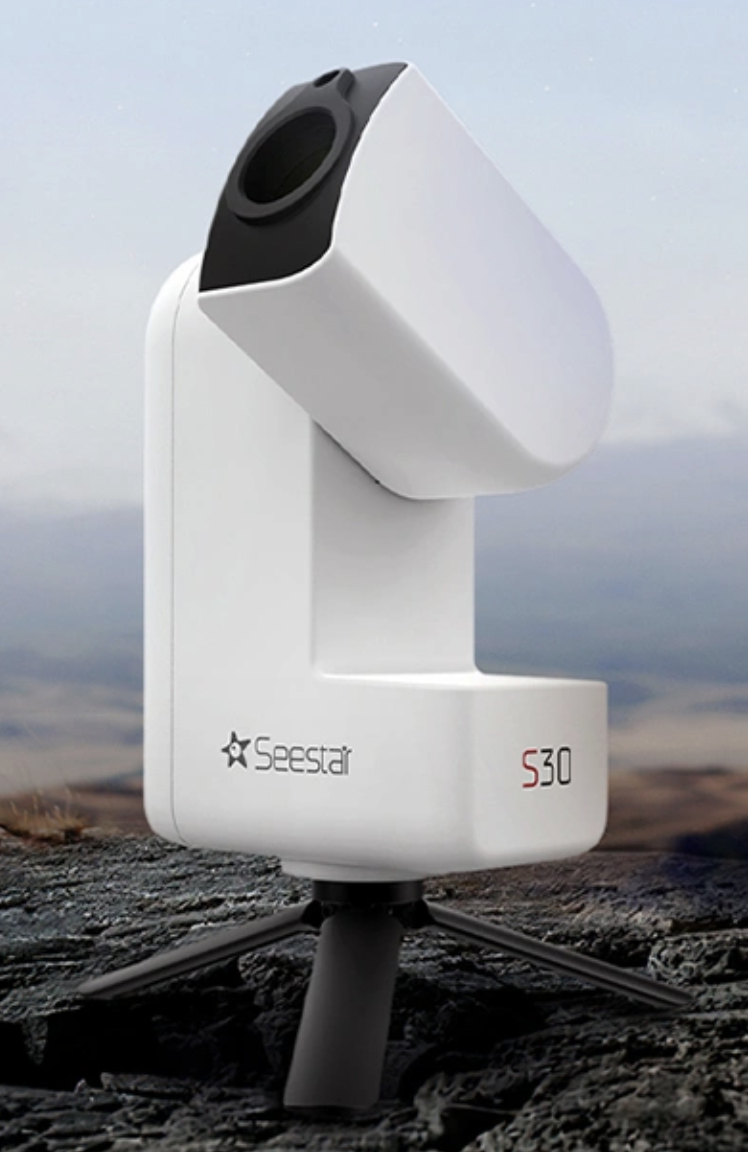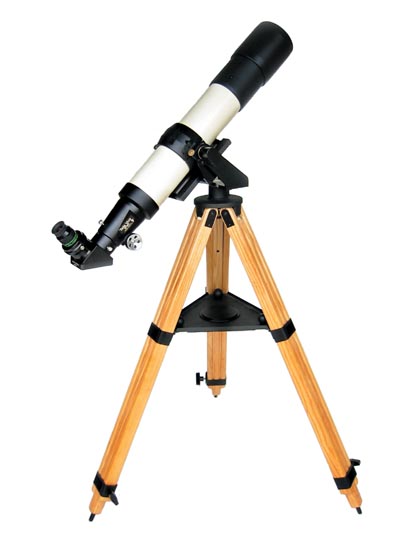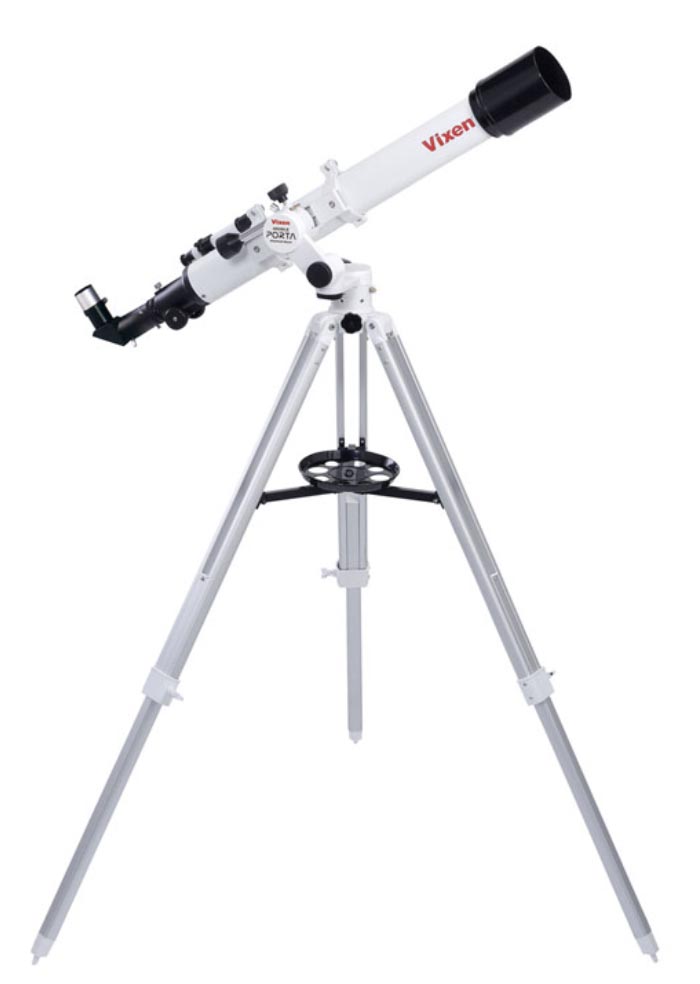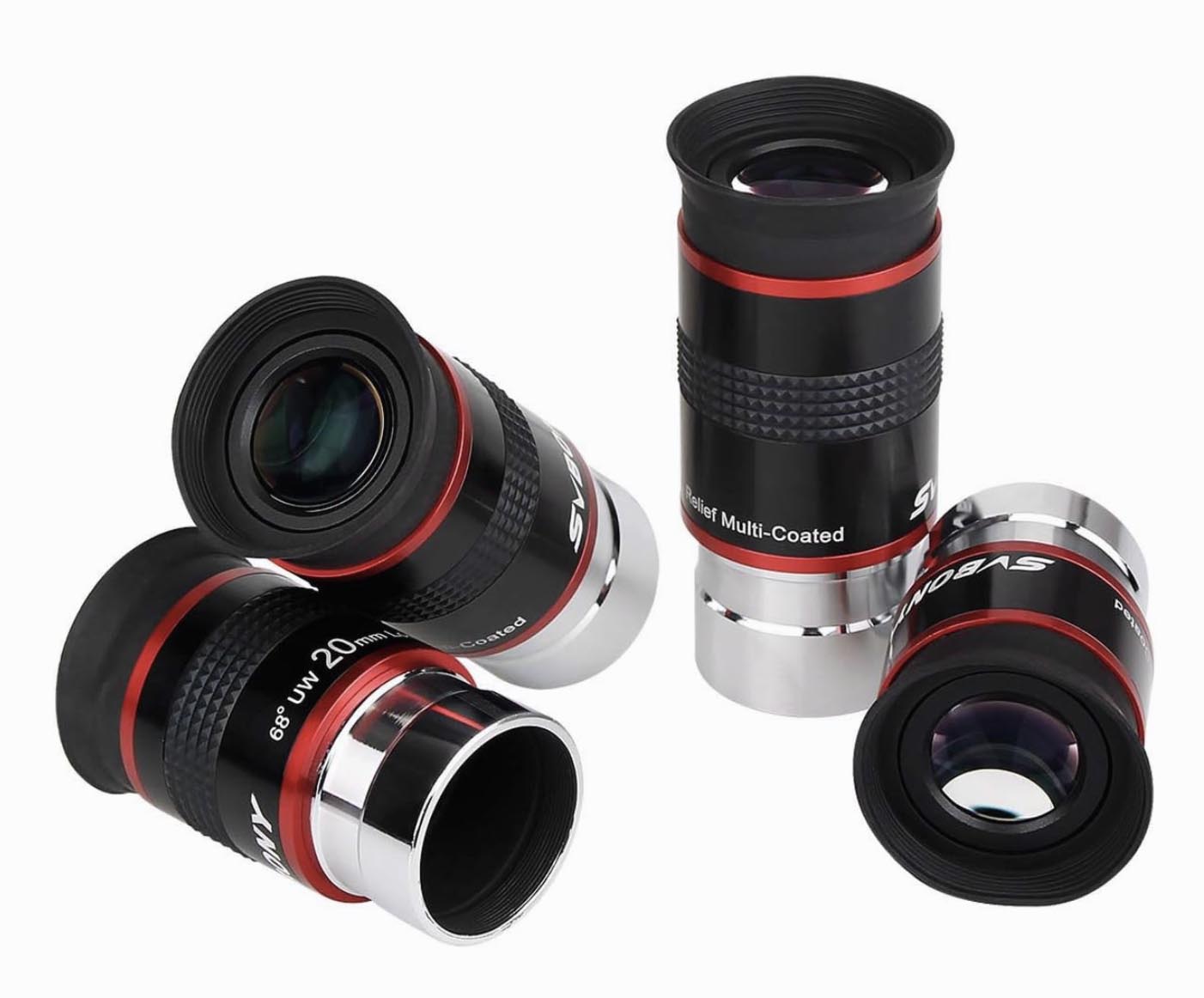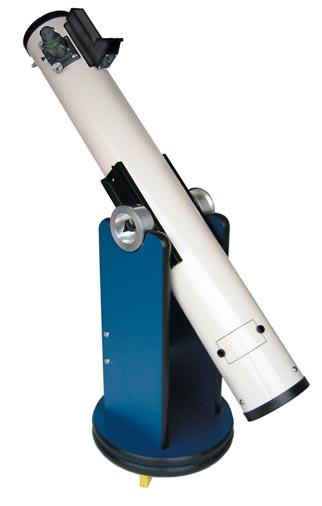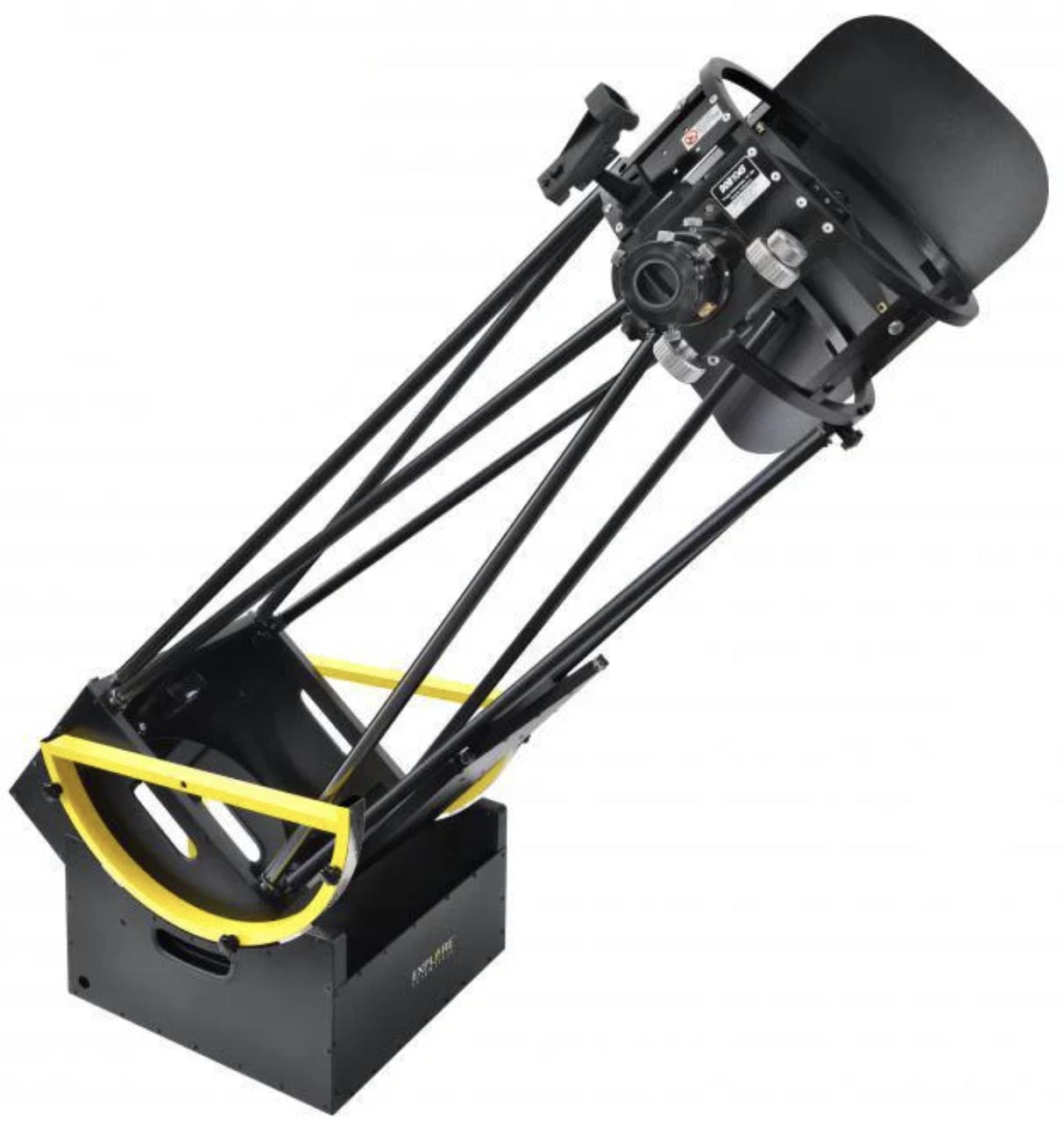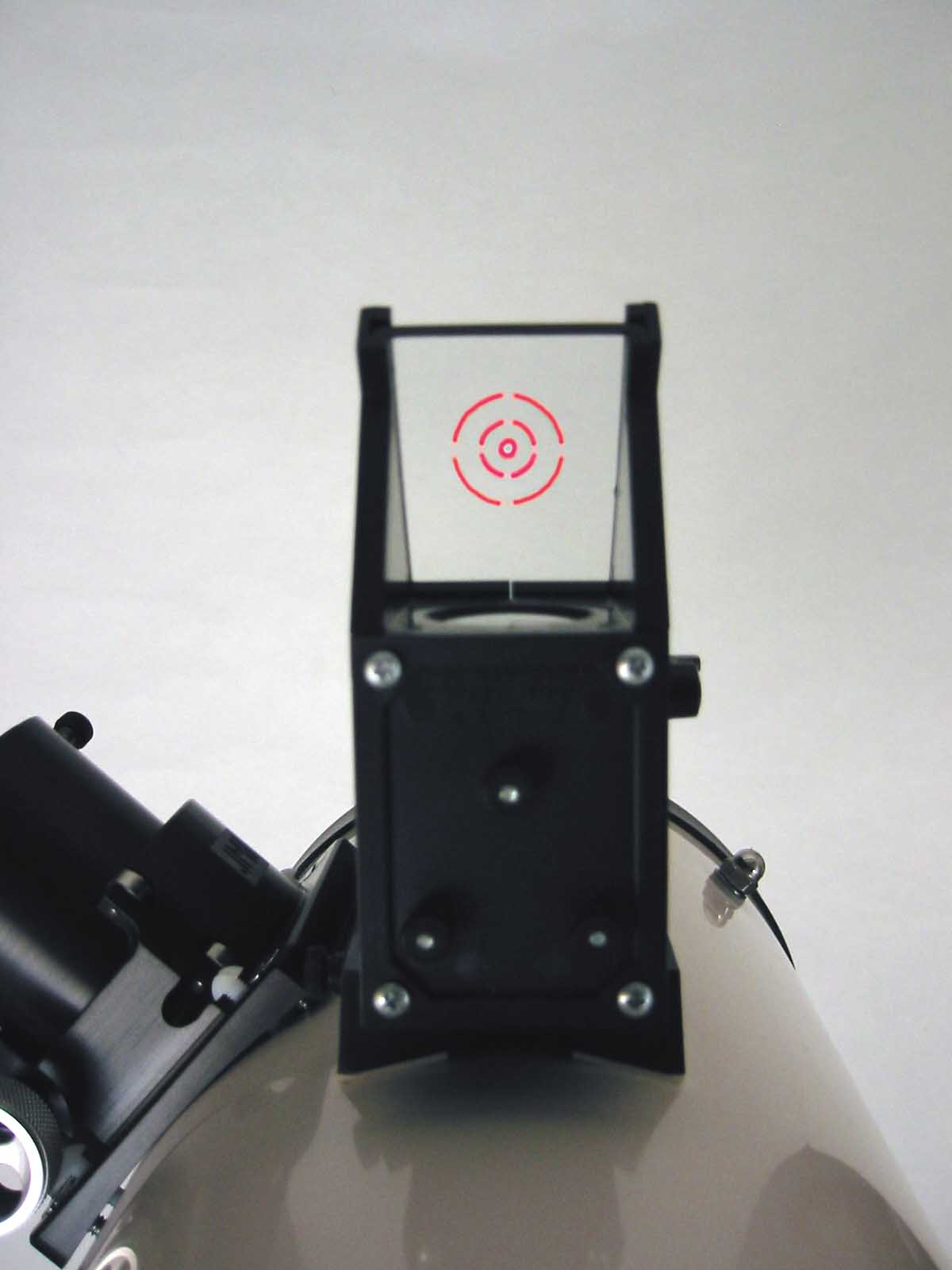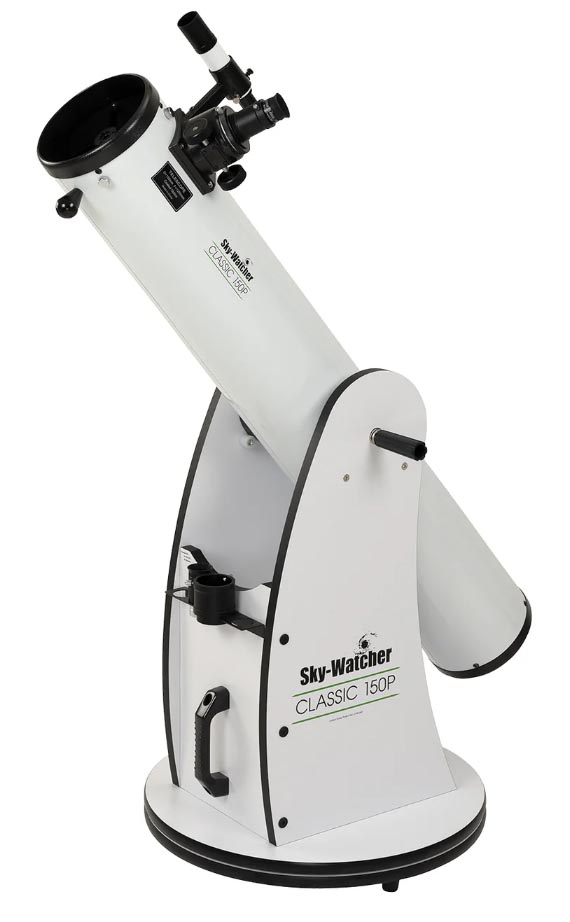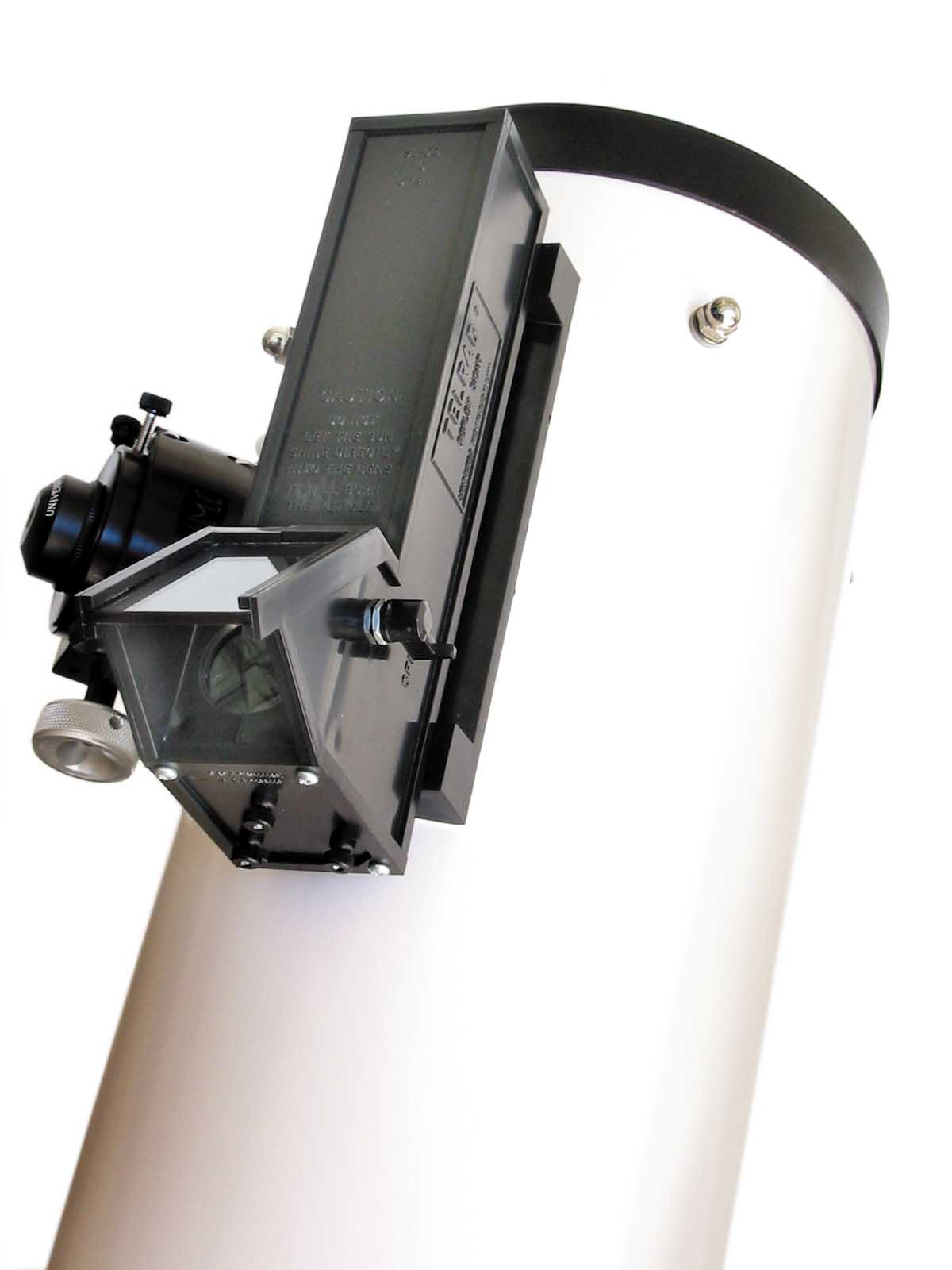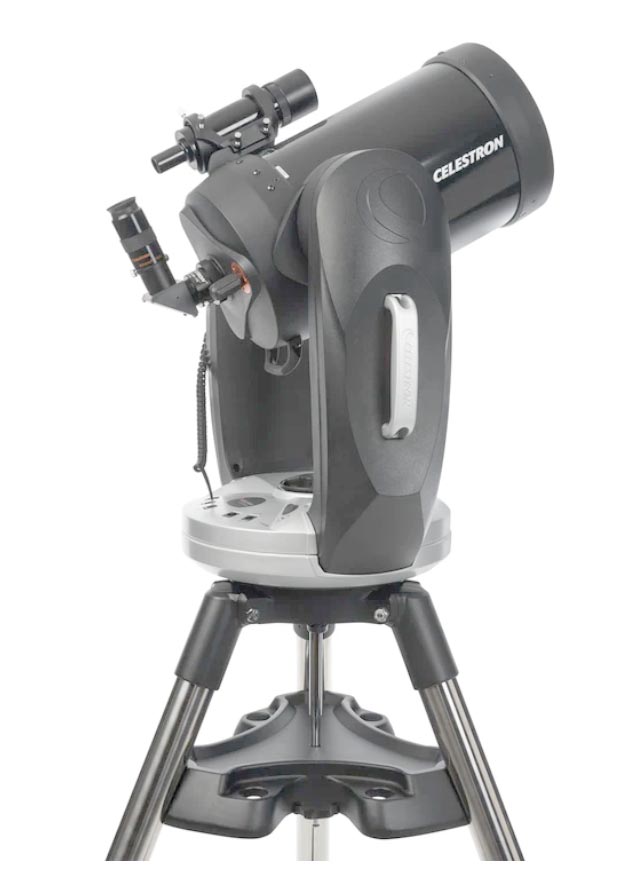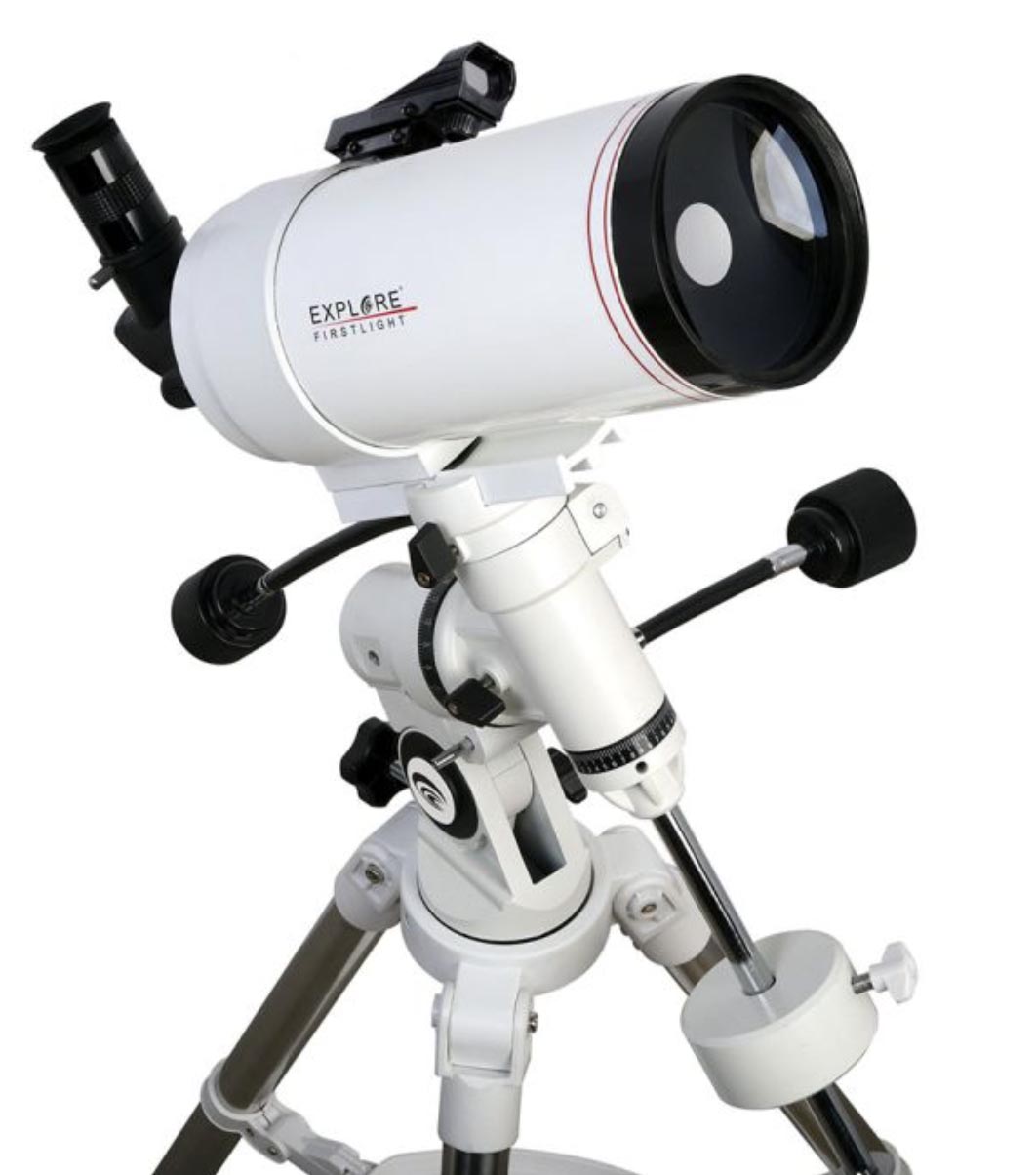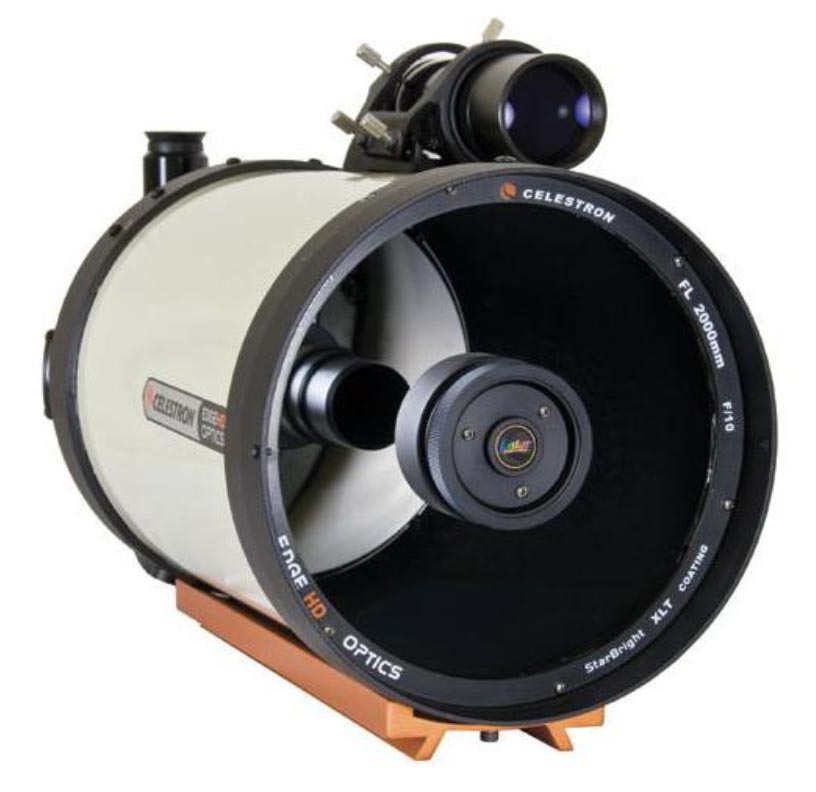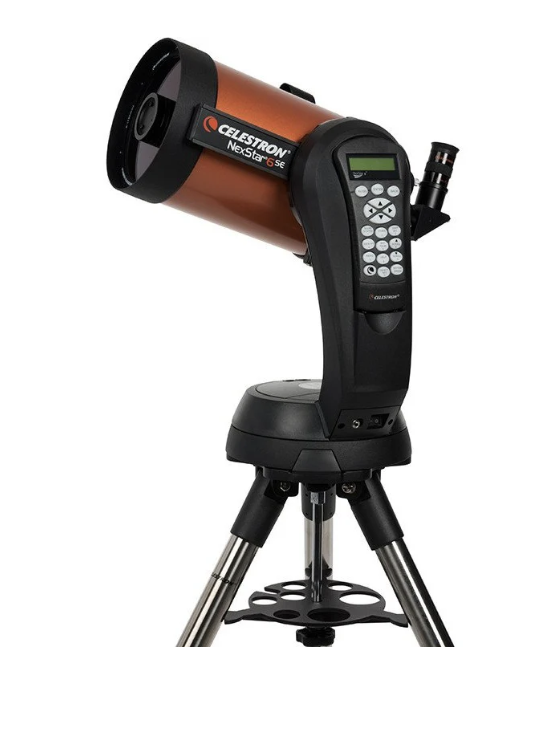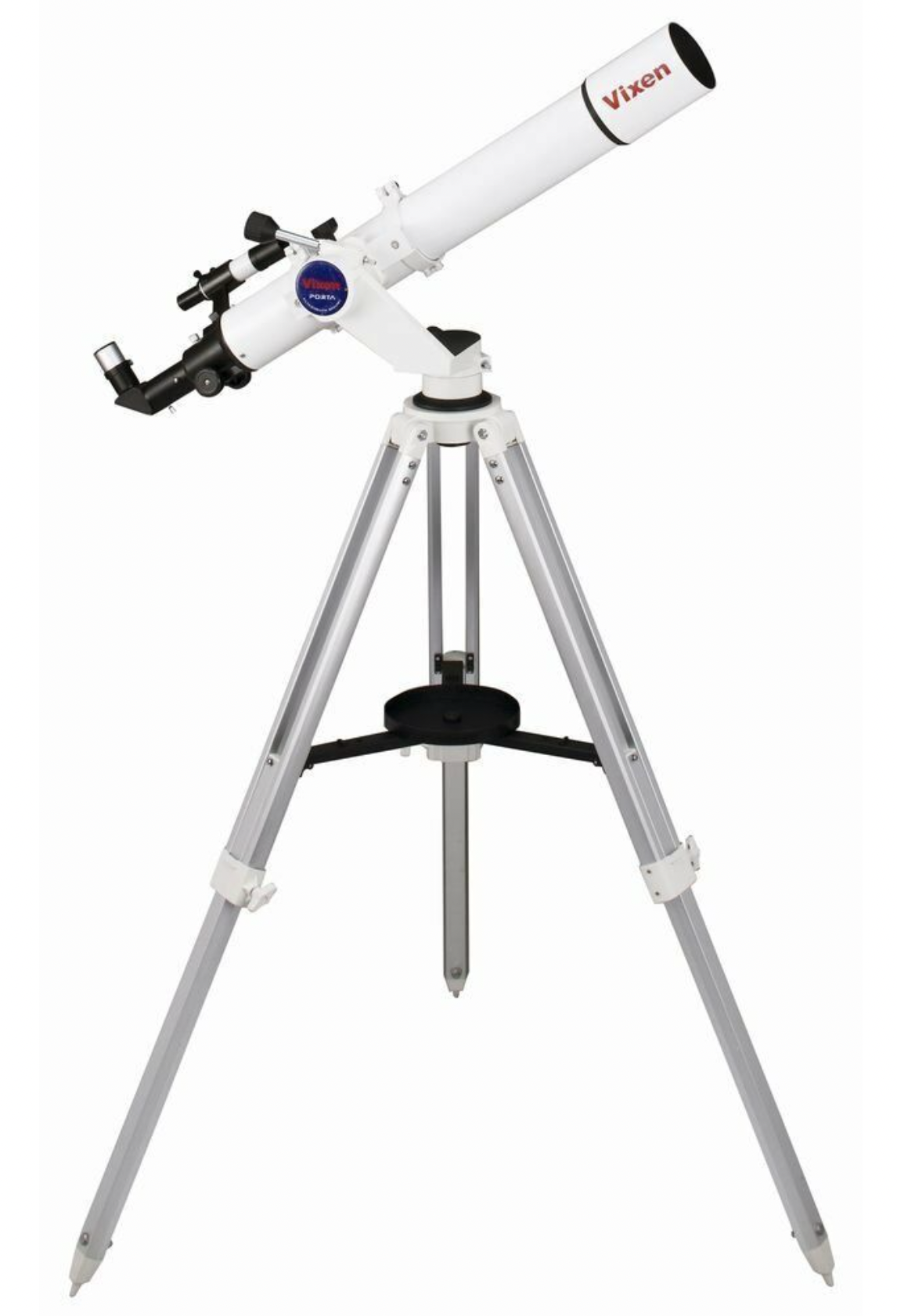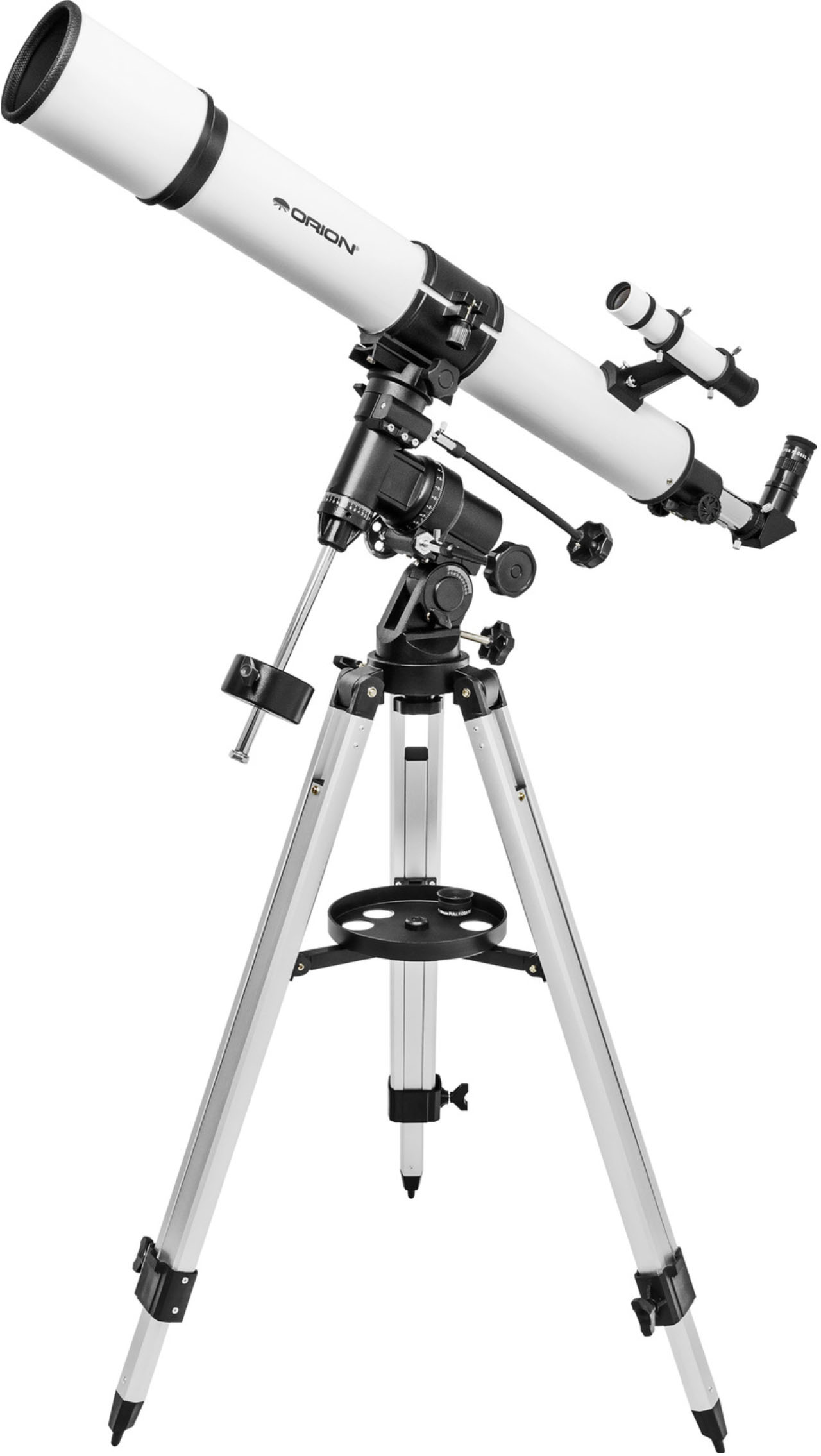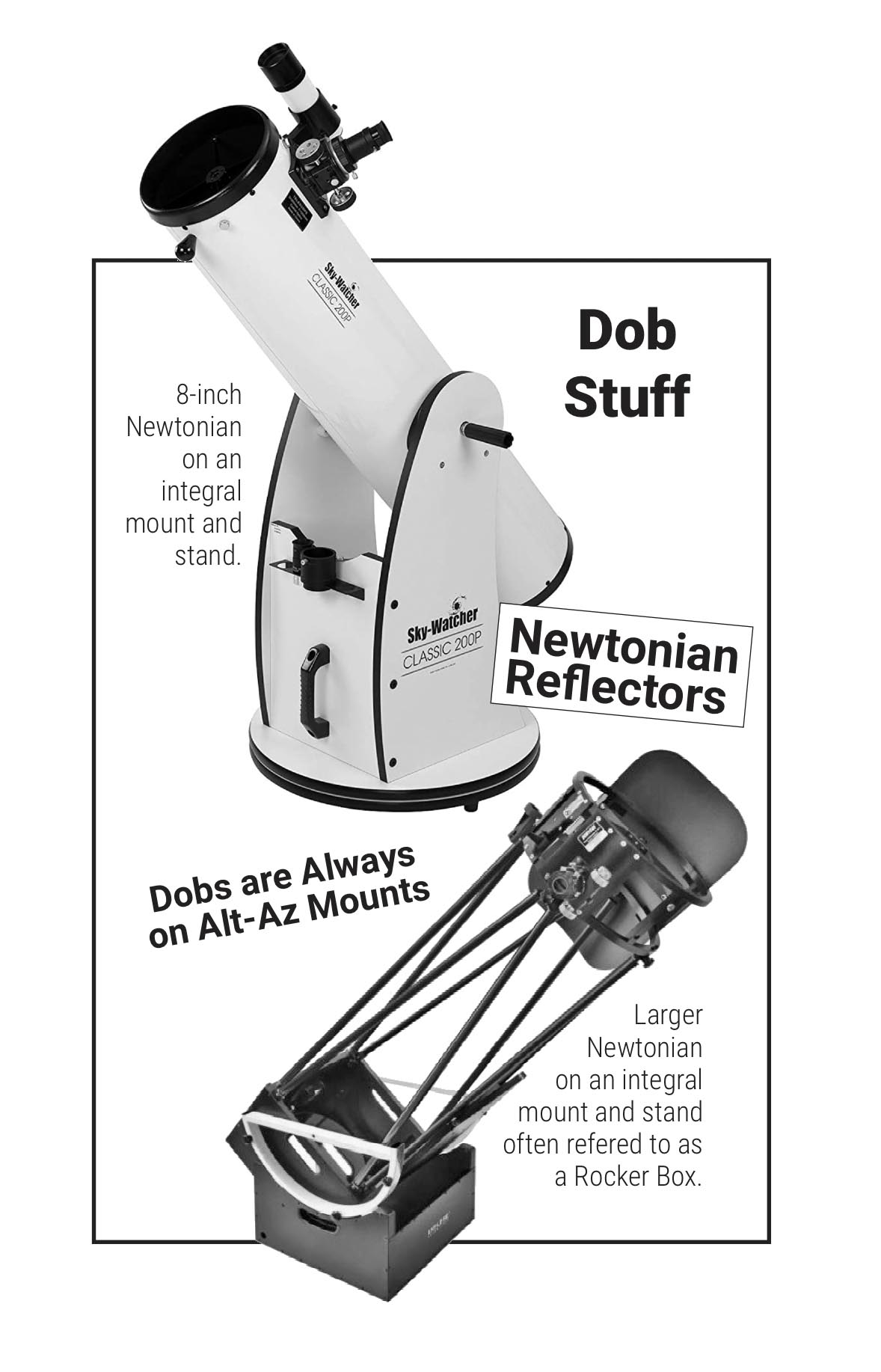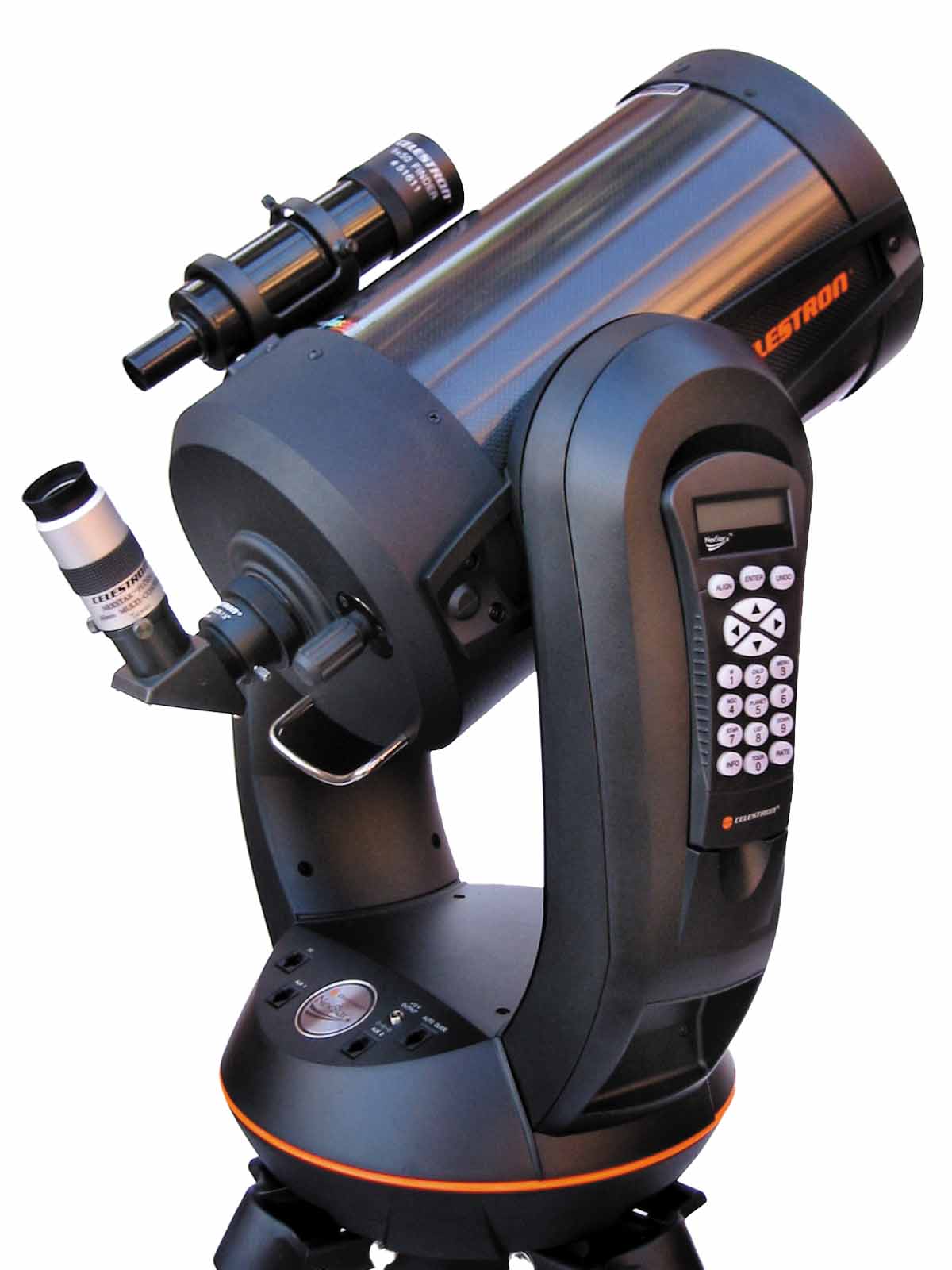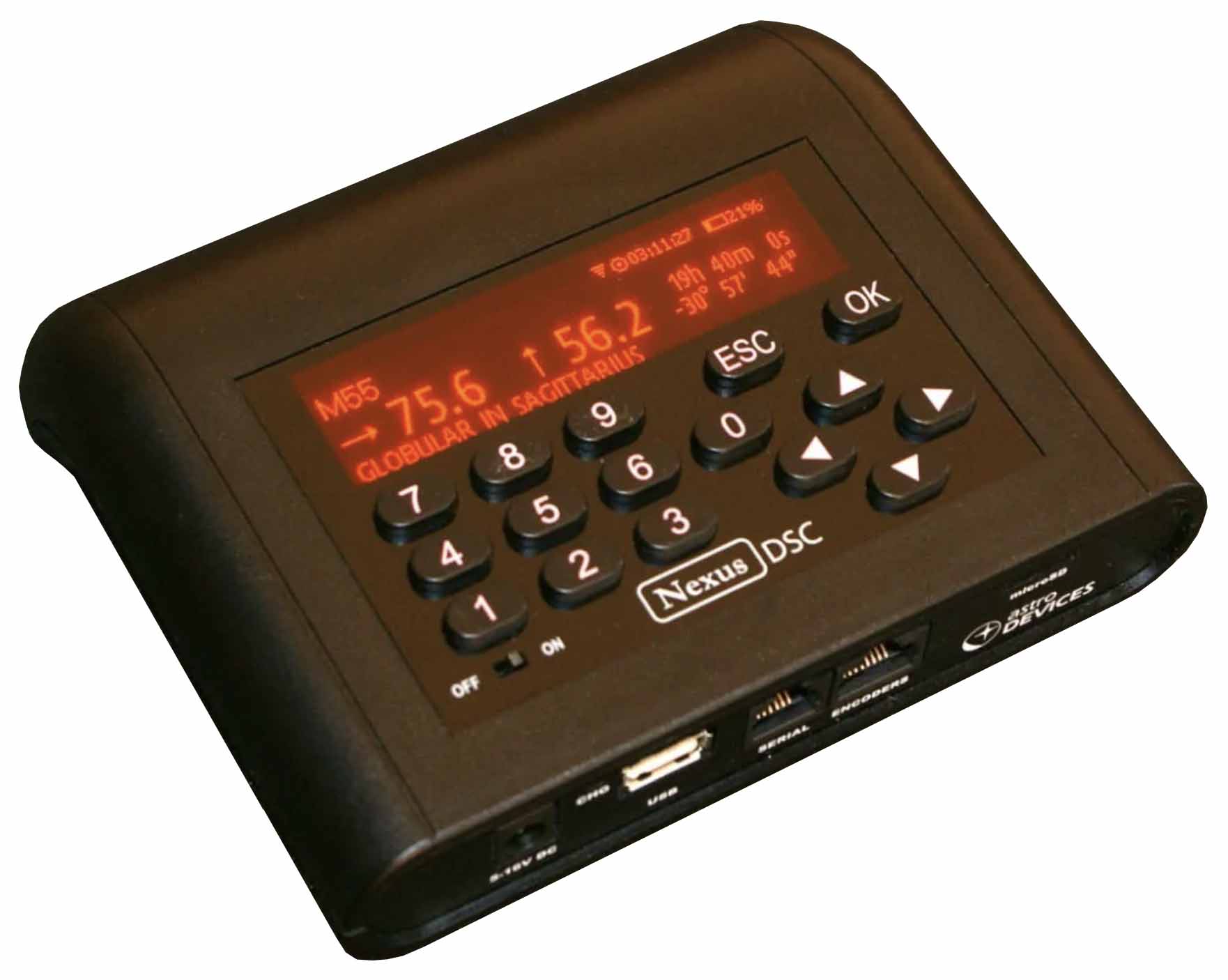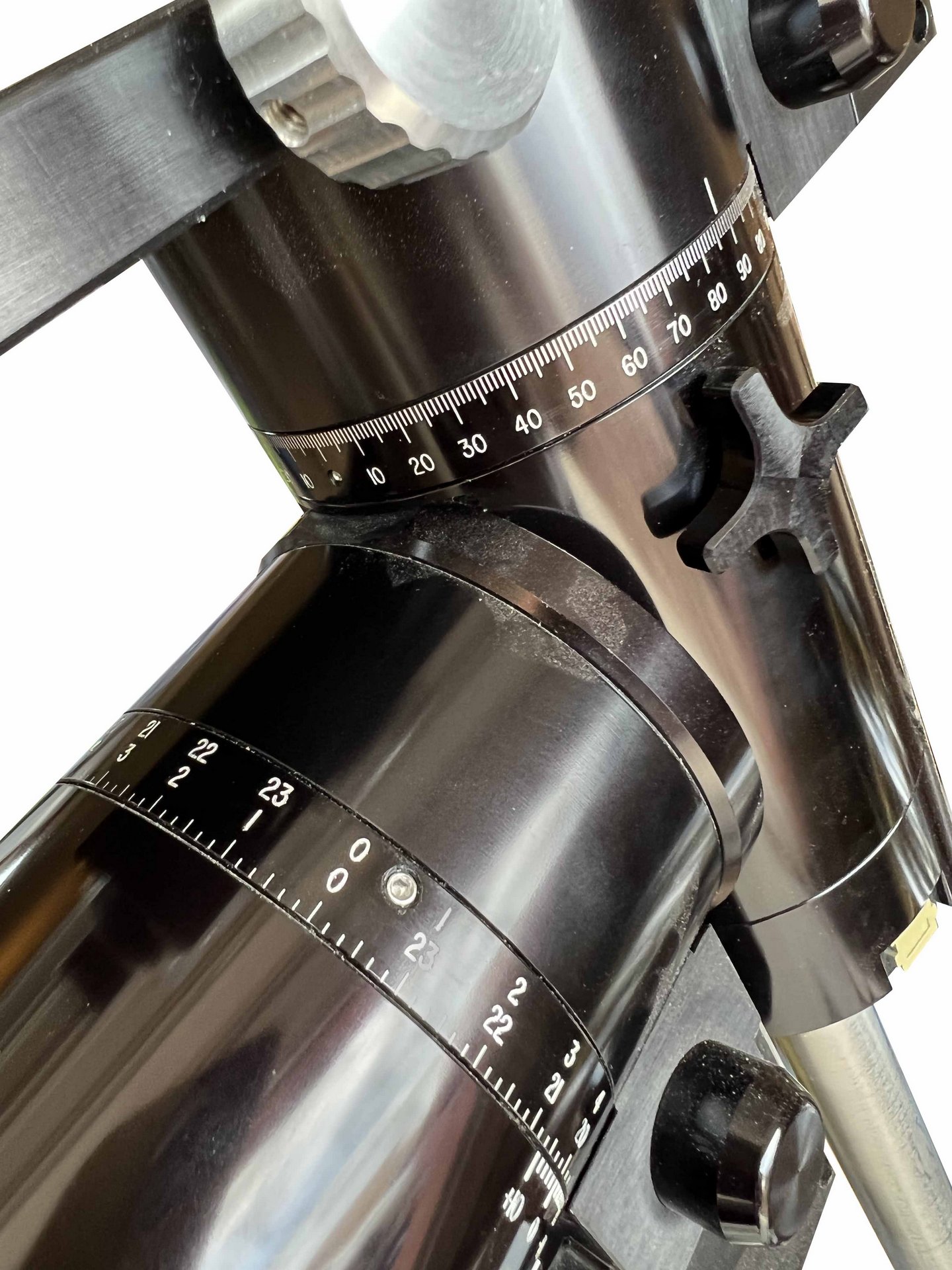
A replica of a telescope attributed to Galileo.
All About Telescopes
Choosing a first telescope can be daunting.
MY RECOMMENDATION for a first choice telescope is ONE of the following three types of telescopes:
a) 3 or 4-inch Refractor
b) 6 or 8 inch Newtonian Reflector (Dobsonian type)
c) 6 or 8 inch SCT (Schmidt-Cassegrain Telescope)
Worthy Notes
1) Make sure the mount and tripod are robust for steady viewing.
2) Most people who stay in the hobby will have owned several telescopes.
3) The telescopes sold at the end of the year at Costco and other stores are NO GOOD! You will be turned off with astronomy using them.
4) Oh, you will have to purchase extra eyepieces to change the magnification. See the info about eyepieces in my TOP PICKS.
I do not receive any type of compensation for my recommendations.
Read more about these telescopes below and my TOP PICKS.
